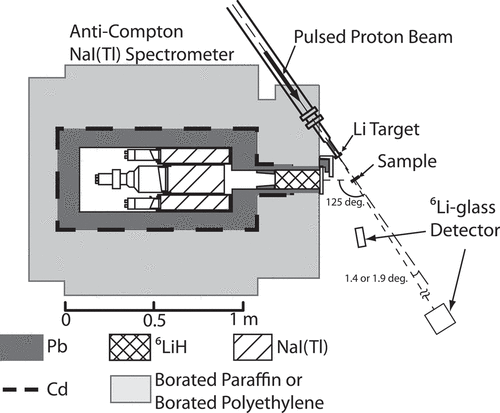Figures & data
Table 1. Characteristics of samples.
Table 2. Average proton beam currents and measuring times.
Figure 2. Incident neutron energy spectra, , in the (a) 15–100 keV and (b) 550 keV measurements for 78Se.
indicates an average neutron energy in the laboratory system, see EquationEq. (3)
(3)
(3) .
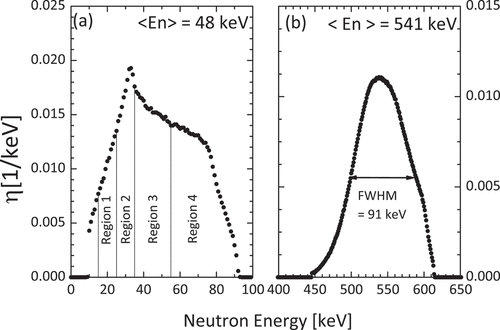
Figure 3. TOF spectra measured with the -ray spectrometer for the (a)78Se, (b)197Au, and (c) blank runs in the 15–100 keV measurement. Regions 1–4 in the figure correspond to those in .
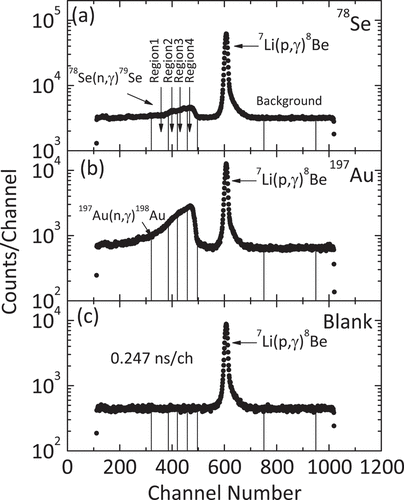
Figure 4. TOF spectra measured with the -ray spectrometer for the (a)78Se, (b)197Au, and (c) blank runs in the 550 keV measurements.
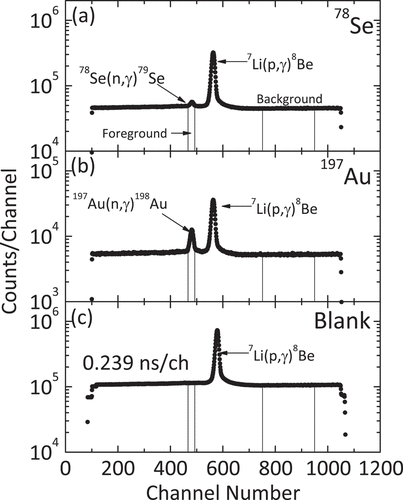
Figure 5. Expansion view of TOF spectrum measured with the -ray spectrometer for the 82Se in the 15–100 keV measurement. Resonance structures were observed in this spectrum.
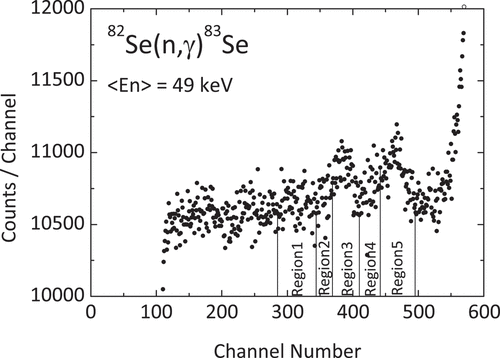
Figure 6. Observed net capture -ray PH spectra of 78Se in the incident neutron energy region from 15 to 100 keV (average energy: 48 keV) and around 550 keV. Below 0.6 MeV, constant extrapolation was made.
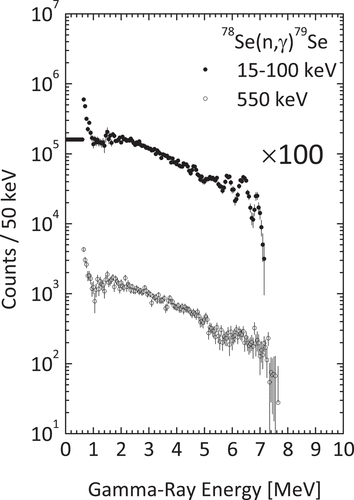
Figure 7. Observed net capture -ray PH spectra of 82Se in the incident neutron energy region from 15 to 100 keV (average energy: 49 keV) and around 550 keV. Below 0.6 MeV, constant extrapolations were made.
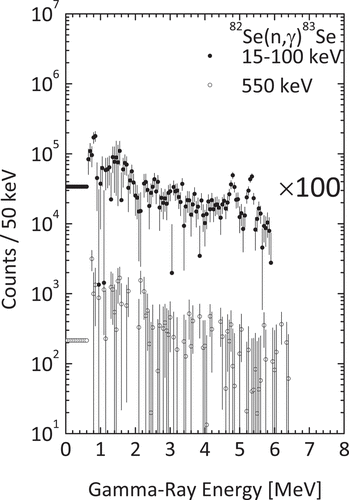
Table 3. Correction factors for the self-shielding and multiple scattering of neutrons in the sample.
Table 4. Statistical and systematic uncertainties.
Figure 8. Neutron capture cross sections of 74Se in the keV region. The horizontal bars show the energy region in .
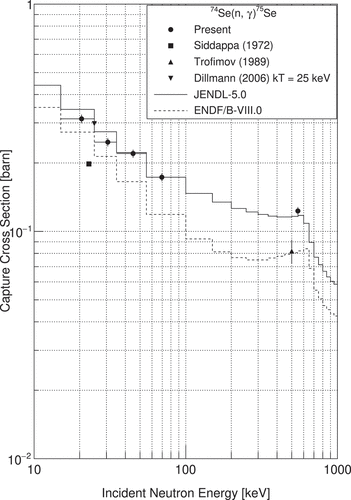
Figure 9. Neutron capture cross sections of 76Se in the keV region. The horizontal bars show the energy region in .
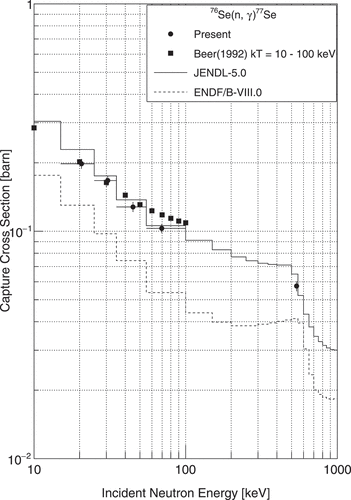
Figure 10. Neutron capture cross sections of 78Se in the keV region. The horizontal bars show the energy region in .
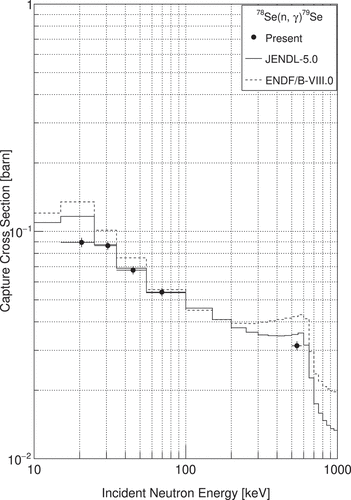
Figure 11. Neutron capture cross sections of 80Se in the keV region. The horizontal bars show the energy region in .
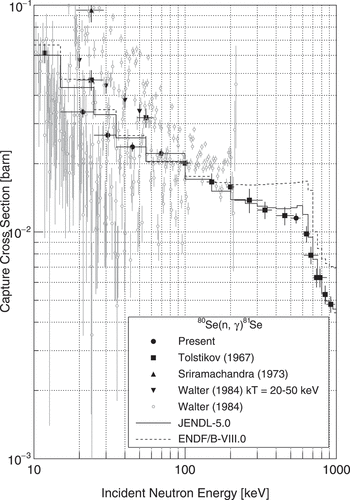
Table 5. Derived neutron capture cross sections of 74.Se.
Table 6. Derived neutron capture cross sections of 76.Se.
Table 7. Derived neutron capture cross sections of 78.Se.
Table 8. Derived capture cross sections of 80.Se.
Table 9. Derived neutron capture cross sections of 82.Se.
Figure 12. Neutron capture cross sections of 80Se in the keV region. The horizontal bars show the energy region in .
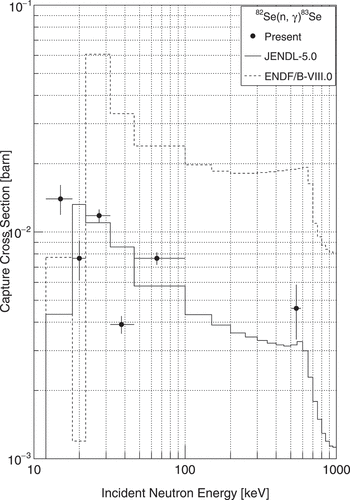
Figure 13. Neutron capture cross sections of 82Se in the keV region. The horizontal bars show the energy region in .
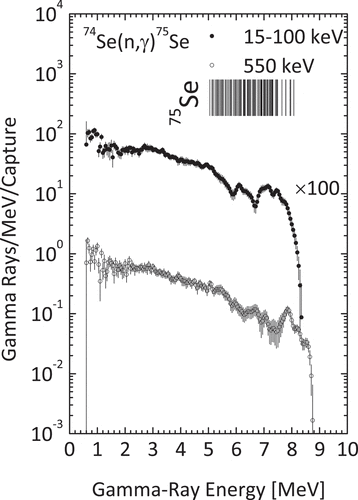
Figure 14. Obtained capture -ray spectra of 74Se in the incident neutron energy region from 15 to 100 keV and around 550 keV. Low-lying states of 75Se are shown as vertical bars. As for the energy positions of states, see the text.
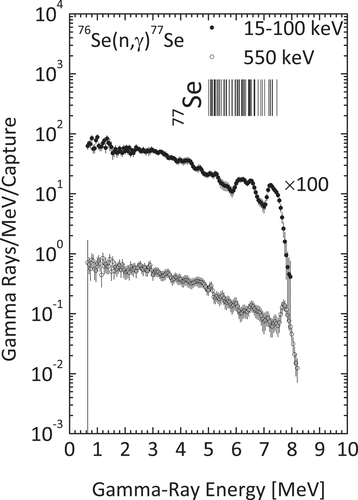
Figure 15. Obtained capture -ray spectra of 76Se in the incident neutron energy region from 15 to 100 keV and around 550 keV. Low-lying states of 77Se are shown as vertical bars. As for the energy positions of states, see the text.
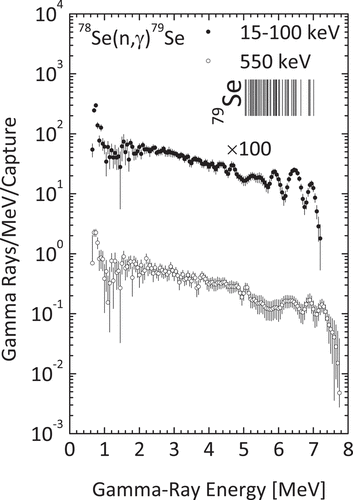
Figure 16. Obtained capture -ray spectra of 78Se in the incident neutron energy region from 15 to 100 keV and around 550 keV. Low-lying states of 79Se are shown as vertical bars. As for the energy positions of states, see the text.
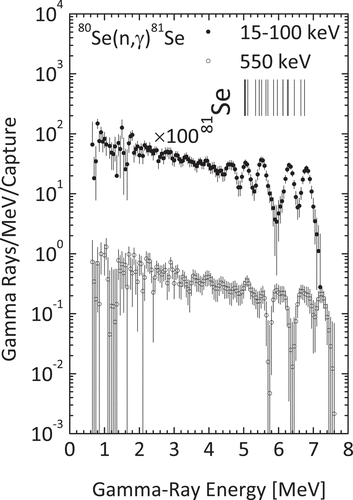
Figure 17. Obtained capture -ray spectra of 80Se in the incident neutron energy region from 15 to 100 keV and around 550 keV. Low-lying states of 81Se are shown as vertical bars. As for the energy positions of states, see the text.
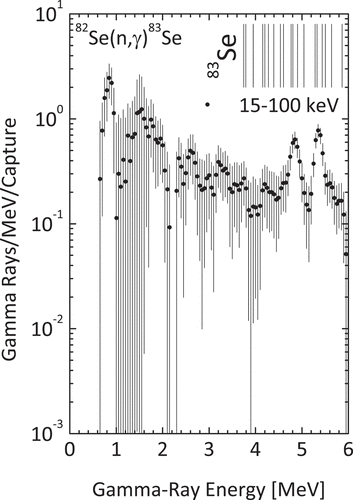
Table 10. Multiplicities of observed capture -rays (MP:E
MeV) and reduced multiplicities.
Table 11. Intensities of primary transitions of the neutron capture of 76.Se.
Table 12. Intensities of primary -rays transitions of the neutron capture 78.Se.
Table 13. Intensities of primary -ray transitions of neutron capture of 80.Se.
Table 14. Intensities of primary -ray transitions of neutron capture of 82.Se.

